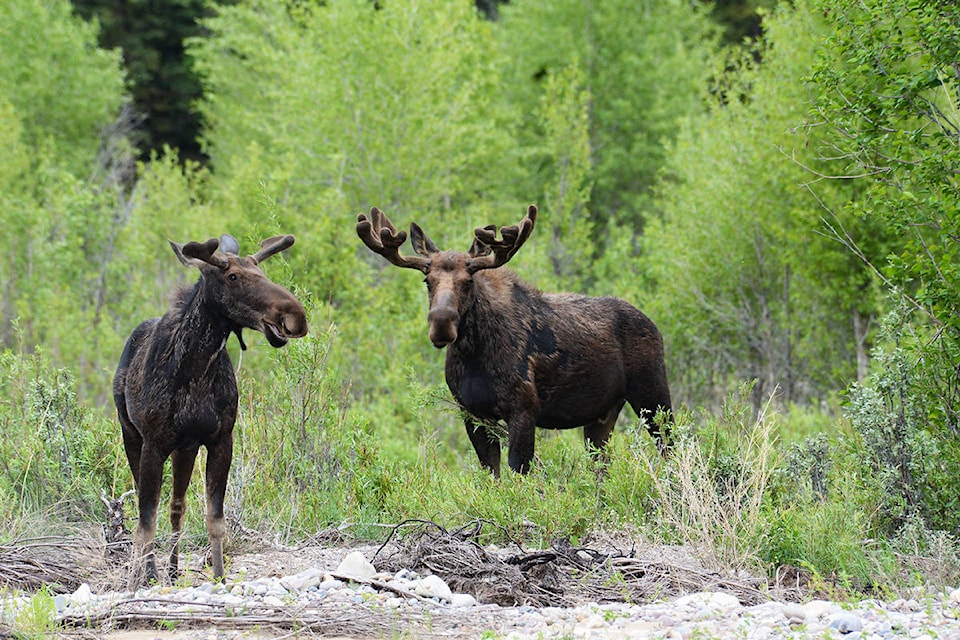A team of researchers at UBCO is uplifting Indigenous voices through the modernization of an old model.
The North American Model of Wildlife Conservation (NAM) has been guiding wildlife conservation efforts across North America since 2001. The model is based on four core values: safeguarding wildlife for future generations, prioritizing the best available knowledge or evidence to conserve wildlife populations, international collaboration, and democracy of hunting and wildlife conservation.
Since its debut, NAM has been subject to criticism, especially from Indigenous groups and advocates who feel the guide does not take Indigenous perspectives into account.
“There’s a lot of research that critiques the model but doesn’t necessarily advance solutions to fix its flaws,” said Mateen Hessami, a master’s biology student at UBCO.
“Our research team, which includes an equal representation of Indigenous and non-Indigenous authors, saw an opportunity to contribute to the creation of a more effective and equitable framework to manage wildlife in our changing world.”
The team proposed an alternate model, one that takes traditional knowledge and applies it to a modern setting. They labelled this new document the Indigenizing North American Model of Wildlife Conservation or I-NAM.
“The I-NAM is a starting point; it emphasizes a process of continuous learning, listening and respecting views of Indigenous and non-Indigenous perspectives,” says Dr. Adam Ford, Canada Research Chair in Wildlife Restoration Ecology.
The team kept the core values of the NAM but modernized them. They worked to remove colonial language and infuse traditional Indigenous knowledge into modern knowledge about wildlife conservation.
“As Canadians, our connections to nature and wildlife are important; they’re emblematic of who we are,” said Hessami, who is also a member of the Wyandotte Nation. “There are still a lot of Canadians who depend on wildlife for their livelihoods and food security. It’s our duty to preserve these resources in an equitable manner for generations to come.”
READ MORE: Emergency crews rush to rescue unconscious man on Sea-Doo in Okanagan Lake
READ MORE: Some North Westside residents refusing to leave as wildfire threatens homes
@_isabellaggrace
isabella.harmel@kelownacapnews.com
Like us on Facebook, follow us on Twitter and subscribe to our daily newsletter.
